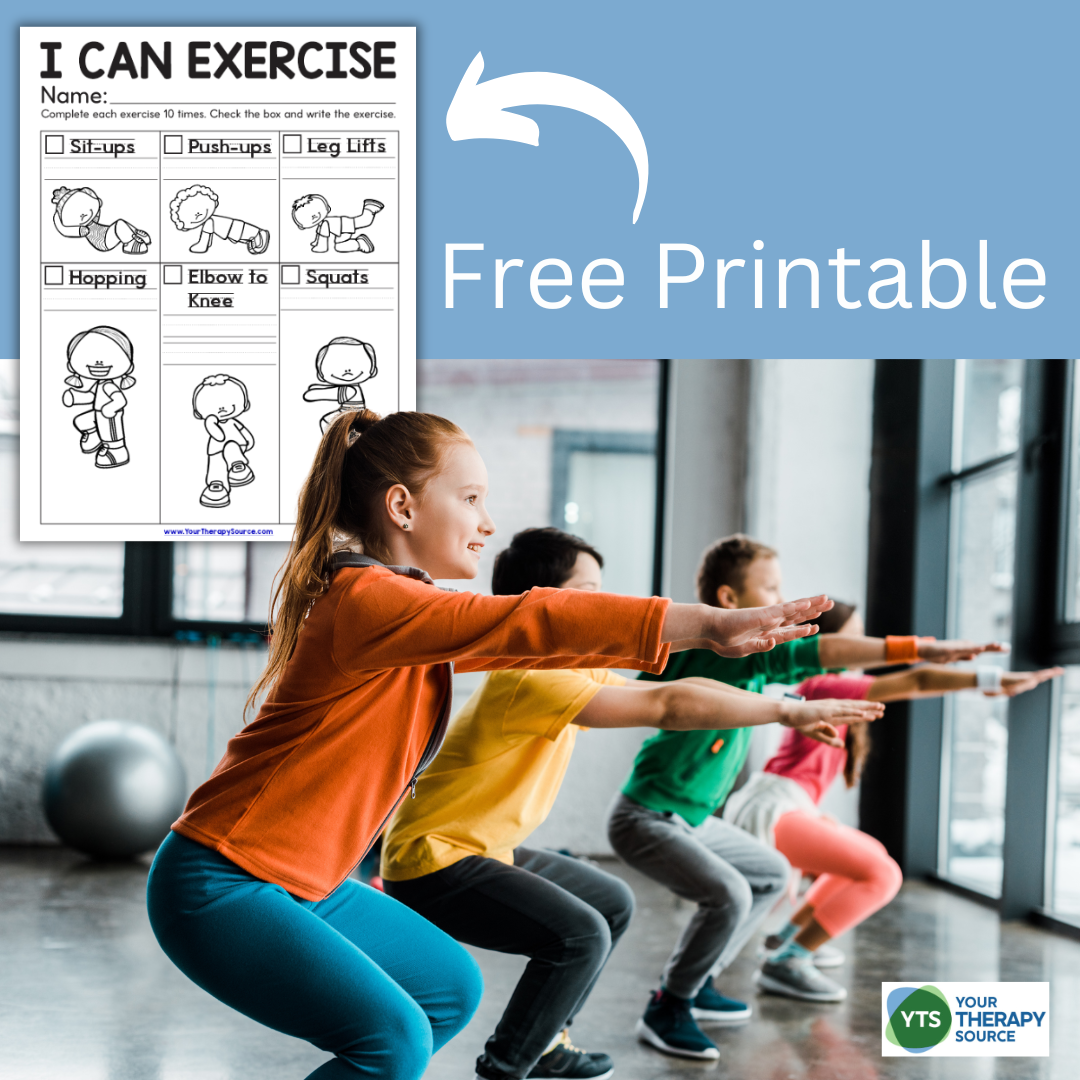Interoceptive Awareness in Children

Interoceptive awareness refers to how we perceive and interpret our body signals. It is closely linked to sensory processing and how we understand and respond to emotions. Recent research looked closely at interoceptive awareness in children. Here is some general information about interoceptive awareness and its significance:
- Body Sensations: Interoceptive awareness helps us recognize various bodily sensations, such as those linked with the heart, bladder, bowel, respiration, and temperature.
- Emotional Awareness: This awareness is crucial in identifying, understanding, and applying emotional meaning to our social experiences and everyday life. It links body sensations with emotional experiences.
- Sensory Processing: Interoception works alongside other senses to support individuals’ interpretation and response to everyday life.
- Brain Function: The insular cortex plays a key role in interoception, emotions, and empathy. A well-functioning insular cortex leads to better interoception and understanding of emotional experiences.
Recent Study on Interoceptive Awareness in Children
This exploratory study investigated comparisons of gender and child- and parent-reported child interoceptive awareness. Here’s an overview of the study and its findings:
- Participants and Methods:
- Participants: Twenty-seven pairs of typically developing school-aged Australian children and one of their parents participated.
Assessment Tool: The Multidimensional Assessment of Interoceptive Awareness – Youth (MAIA-y) was used to measure interoceptive awareness.
Procedure: Both children and parents completed the MAIA-y independently. Parents were asked to consider their child’s interoceptive awareness from their perspective.
- Participants: Twenty-seven pairs of typically developing school-aged Australian children and one of their parents participated.
- Results
- Gender Comparisons: Independent-samples t-tests revealed no statistically significant differences in child interoceptive awareness between boys and girls.
- Child vs. Parent Reports: A statistically significant difference was found in the Emotional Awareness subscale, with parents reporting higher scores for their children’s emotional awareness compared to the children’s self-reports.
- Discussion
- Child vs. Parent Perspectives: Differences in reporting could be due to parents’ difficulties in understanding their children’s subjective experiences and children’s developmental stages impacting their self-awareness.Children might underreport their emotional awareness compared to their parents’ perceptions.
- Gender Differences: The lack of gender differences in this study contrasts with some existing literature, which suggests that such differences may emerge in older children and adults.
Family-Centered Approach for Occupational Therapy and Interoceptive Awareness
A family-centered approach is essential in occupational therapy (OT) practice, particularly when addressing interoceptive awareness in children. This approach involves understanding both child and parent perspectives to support overall participation and well-being. Here are some key points:
- Collaboration: OT practitioners collaborate with families, acknowledging that parents know their child best and can provide valuable insights into the child’s interoceptive experiences and occupational performance.
- Holistic Approach: This method supports a comprehensive therapy service that considers both child and parent viewpoints. It ensures that the unique experiences of each family member are integrated into the therapy process.
- Assessment and Intervention: OT assessments often include both child-report and parent-report measures. This dual perspective is crucial for gathering comprehensive information about the child’s interoceptive awareness and for planning effective interventions.
- Supporting Participation: Family-centered practice aims to enhance the child’s participation in everyday activities by addressing interoceptive awareness and related sensory processing difficulties through a collaborative approach. This includes creating strategies that both the child and parents can implement to improve the child’s ability to understand and respond to internal body signals.
Checking In: Are Kids in Tune with Their Inner Body Signals?
Helping your child or student become aware of their body’s internal signals can significantly enhance their emotional and physical well-being. Here are some practical ways to develop interoceptive awareness in children:
- Mindful Breathing: Practice deep breathing exercises to increase awareness of breath and heart rate.
- Body Scanning: Encourage your child to perform body scans, noticing different sensations in various parts of their body.
- Emotion Mapping: Help them identify and label emotions by connecting them with physical sensations (e.g., butterflies in the stomach when nervous).
- Yoga and Stretching: Incorporate yoga and stretching routines to enhance body awareness and relaxation.
- Hydration and Hunger Cues: Teach them to recognize and respond to thirst and hunger signals appropriately.
- Temperature Awareness: Make them aware of changes in body temperature, such as feeling hot after exercise or cold in a chilly environment.
- Pain and Discomfort: Encourage them to pay attention to and describe any pain or discomfort they may feel, fostering a better understanding of their body’s signals.
Understanding interoceptive awareness and its assessments can greatly benefit OT practice and classroom settings:
- OT Practice:
- Use both child- and parent-reported measures to gather comprehensive data.
- Incorporate interoception-based activities in interventions to target sensory processing and self-regulation issues.
- Recognize the importance of emotional awareness in interoceptive skills and address this in therapy sessions.
- Classroom Settings:
- Teachers can incorporate activities that enhance interoceptive awareness, such as mindfulness exercises and sensory breaks.
- Educators should be aware of the different perceptions between children and parents to better support students’ emotional and sensory needs.
- Collaboration with OT professionals can provide valuable strategies to support students with sensory processing difficulties.
MORE INFORMATION
For further reading and resources, check out the following articles:
- What Is Interoception?
- Sensory Processing and Interoception
- Interoception IEP Goals
- 5 Interoceptive Sensory Strategies to Induce Sleep
Reference
Clark, E. R., Brown, T., & Yu, M. L. (2023). A Comparison of Child-Reported and Parent-Reported Interoceptive Awareness in Typically Developing School-Aged Children. Journal of Occupational Therapy, Schools, & Early Intervention, 1-15.



